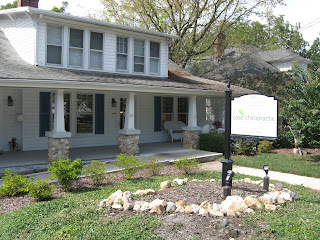Land Banks can be a powerful tool for redevelopment of vacant, abandoned, tax-delinquent, and foreclosed properties. Property tax delinquency is the most common denominator among vacant and abandoned properties. These properties can be a significant obstacle to redevelopment and revitalization. Land Banks are public authorities or special purpose not-for-profit corporations that specialize in land banking activities - acquiring surplus properties and converting them to productive use or holding them for long-term strategic public purposes.
Land banks usually must be enabled by state legislation; approximately 10 states have enabling legislation. North Carolina does not yet have this, but it is a potentially strong tool for the future.
Frank Alexander is a leading expert on land banks, and his book, Land Banks and Land Banking, is available free-of-charge online here through the Center for Community Progress's website:
















